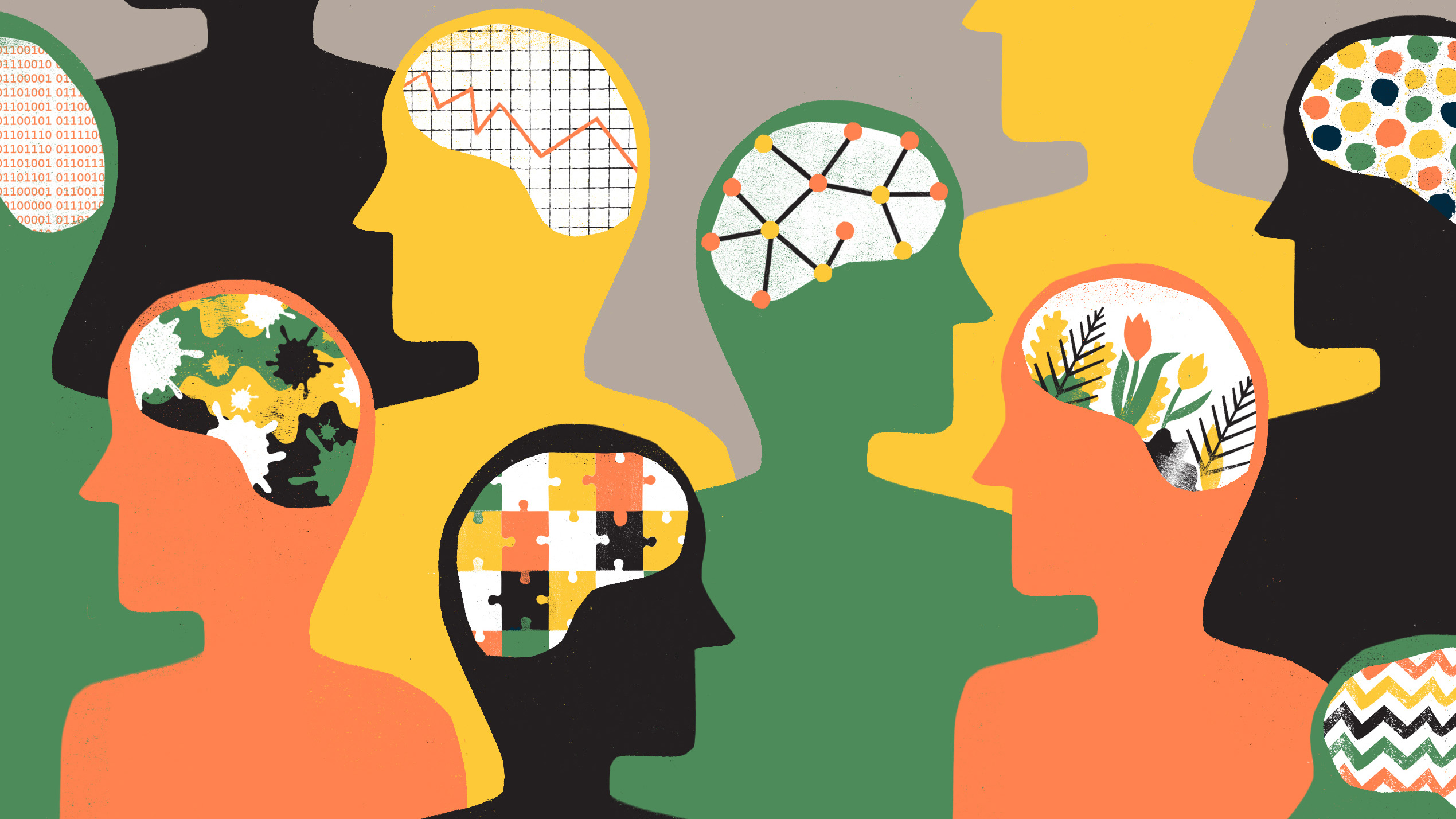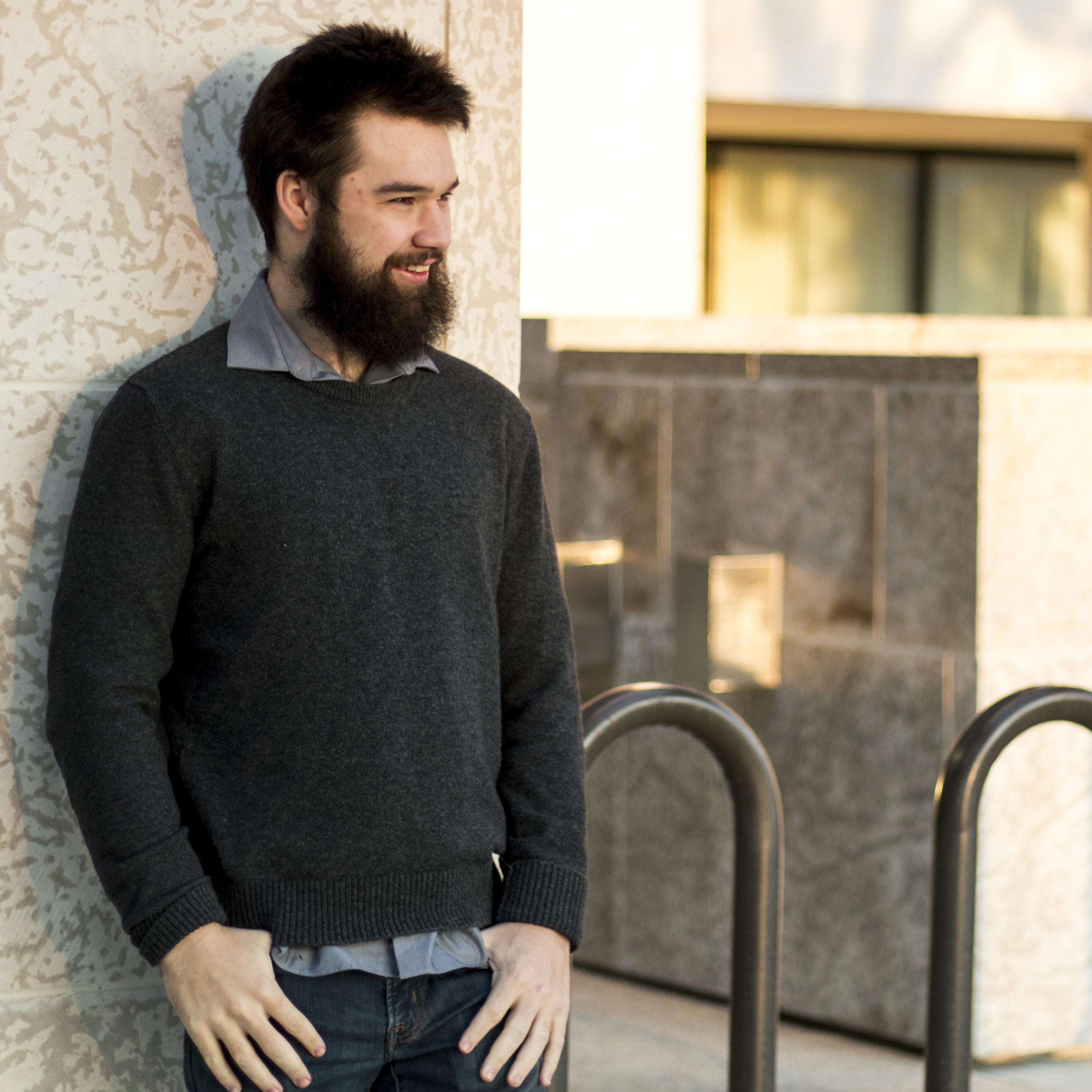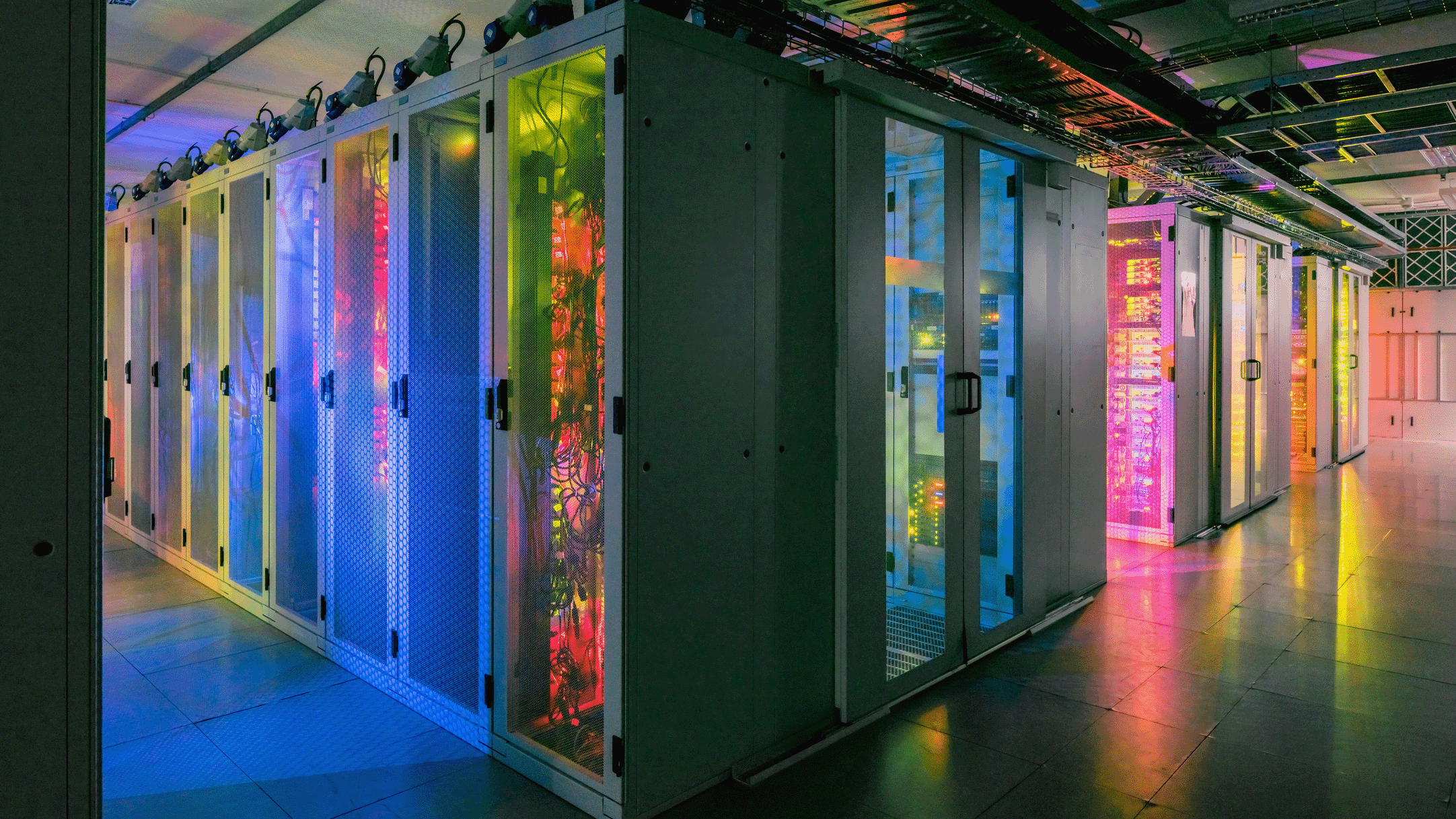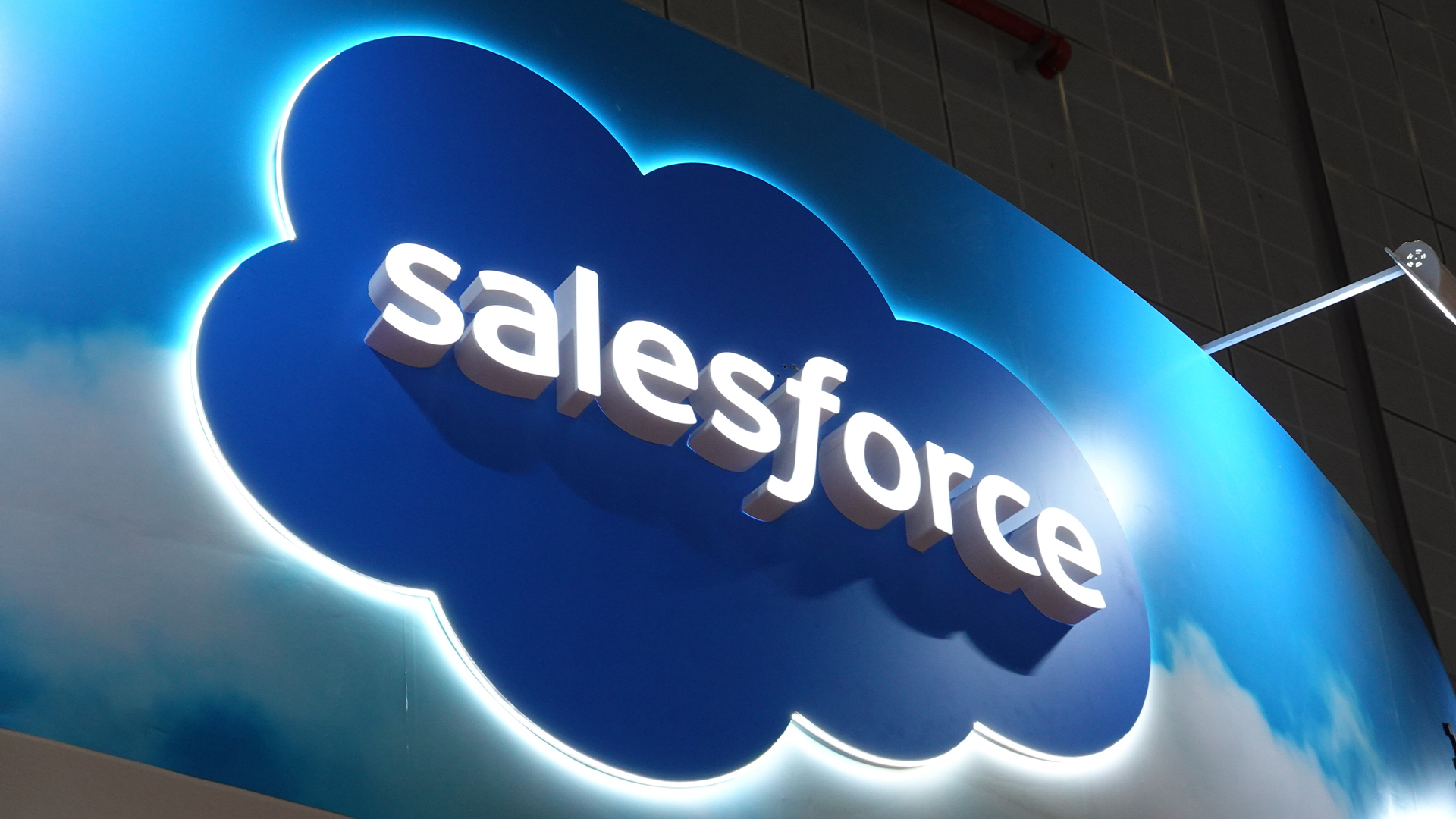Accessibility in tech still falls short – experts call for better understanding
Efforts to improve accessibility in tech can mean adding functions to your back-end systems, or hiring more thoughtfully


Accessibility in tech continues to be an area in dramatic need of improvement. Tens of thousands of disabled people are missing from tech jobs due to a lack of support and understanding of accessibility needs varies from company to company.
Tommy Thyen, a developer support engineer at LEAD Technologies, learned two foundational pieces of information when he was 11: how to build a computer and that he was diabetic. In an IT industry that often isn’t welcoming to disabled workers, he says his disability was only part of why he became fascinated with technology:

“I didn't build that first computer because of diabetes, I built that first computer because I had a buddy that wanted to play Minecraft with me and I couldn't play it on my parents’ laptop.”
But that’s not the whole story. Like many kids – and adults – he was partially using technology as a form of escapism as he reckoned with the fact that finger pricks, insulin, and worrying about his blood sugar would become a daily reality for the rest of his life. Now, he says that youthful exuberance is still at the core of why he works in the position he does.
“The reason the technology industry captivated me was because I could absorb myself in it. And I can go into this world of computers, which to me feel like a totally different world from reality, I still think that they feel like magic, even though I have a degree now.”
While a lot of coverage focused on disabled people in the workplace tends to trend towards those with visually apparent disabilities, like those who use a cane or a wheelchair, there are understated ways that the industry is inaccessible to diabetics. Conferences often don’t have food options that are suitable, insurance options can be lacking, and there isn’t always an understanding from co-workers that someone may have to leave a meeting unexpectedly to manage their medical needs
Thyen says that, while his current employer does provide him an accessible workplace and a job he loves, he has his own mission when it comes to representing disabled people in the workplace.
Sign up today and you will receive a free copy of our Future Focus 2025 report - the leading guidance on AI, cybersecurity and other IT challenges as per 700+ senior executives
“My personal vendetta is to help other kids that are diagnosed as diabetics and help parents understand what it's like to have a kid that’s a diabetic and then it's possible that your kid couldn't become a diabetic.”
Accessibility in tech: Finding Home
Many of the barriers for disabled people working in tech are socio-economic. Worldwide, disabled people are more likely to be unemployed or underemployed according to stats from the US Department of Labor and in the UK are more likely to live below the poverty line, per Disability Rights UK. All of this can add up to an inaccessible perfect storm for disabled people seeking to get a foothold in the tech sector.
That isn’t to say there aren’t people and their companies working to reduce this gap. Curtis Jackson, security operations center analyst at Novacoast, became part of the Apex training which aims to get more disabled people employed in the tech industry. After completing his training, Jackson was hired on by the company and says that now, having been there for five months, he feels comfortable bringing forward ways that backend accessibility can be improved for him and his colleagues. For him, it’s about making the invisible labor of disabled workers more noticeable.
“I just want [others in the IT sector] to see the hard work, that I'm having to work 100 times harder than sighted people because of the accessibility issues,” he says. But by them seeing me willing to work 100 times harder, I hope they look at that and say, ‘Wow, this guy is doing this, most people would get frustrated and quit, but he still keeps pushing forward.’”
Jackson, who has worked in telemarketing, ecommerce, and who also has a small business focused on vending machines, says that something as simple as making sure your enterprise resource planning (ERP) system has a copy button when you’re managing support tickets can make a world of difference for blind workers.
Meanwhile, Destiny O’Connor, a front-end developer who now works with Deaf Kids Code as a tech evangelist and with Women Blessing Women as a help desk manager, says that inaccessibility in the tech workplace—especially for deaf and hard of hearing staff and prospective employees—starts with a lack of commitment to accessible communication. That lack of accessibility led O’Connor to having to shy away from her identity as well as her access needs when first entering the field.
“During my tech journey, I had to hide it,” she tells ITPro. “And every time I spoke, my accessibility was blocked. It was more of like, ‘Oh, you can talk? Okay, let's just do it this way.’ And then they don't realize that all of that [access] is gone. Just because I can speak, I still can't hear you at all.”
RELATED WHITEPAPER

O’Connor now works with the Cloud Native Computing Foundation as a co-chair of their Deaf and Hard of Hearing Working Group. She says that creating living documents that highlight accessibility best practices, having discussions as a group of disabled IT workers, and presenting at sector conferences like KubeCon has allowed her to find a like-minded group of people and to make tangible change.
It’s a far cry from when she was hired at a company and the individual expected to train her refused to meet her access needs. While this supervisor was told directly that she wanted to be spoken to face-to-face so that she could lipread easier, this was ignored and O’Connor was made to her feel like she was the problem.
“As we were going, I realised he was getting frustrated because he might have asked me something, and I hadn't said anything,” O’Connor explains. “So he kind of walked off and went to, I don't know who he went to, but I'm sure upper management. And they came and they were like, ‘Okay, we're going to have to find someone else for you to work with.”
O’Connor emphasises that prioritising accessibility pays dividends when you make space for interpreting services, taking additional time to understand a disabled person’s communication preferences, or slowing a meeting down to accommodate those who may process information slightly slower. For her, when people talk too quickly or don’t make time for sign language interpretation, there becomes a divide with colleagues.
“No matter what I do, I get very isolated. So it's like I'm working by myself. And then I get very simple jobs..[because] I'll be in the meeting. But like, once there are questions by the time I'm typing they are on to the third question.”
Now, as she continues her work, she finds that her accessibility-focused attention to detail gets noticed by clients and customers.
Accessibility in tech: Larger structural issues
Since the beginning of the COVID-19 pandemic, there has been a disproportionate focus within workplace accessibility conversations on the pros and cons of remote work. However, physical space isn’t the only foundational access issue the IT sector faces. Concepts like algorithmic ableism, the study of what happens when algorithms (intentionally or unintentionally) lead to discrimination against disabled users, are coming further to the forefront. Nowhere is that disparity between the haves and have nots more visible in the IT industry than in the hiring process.
Dr. Colin Willis, manager of the IO psychology program at HireVue, believes that the fundamental assumptions about what makes an employee a good fit at a company can be faulty where disability is concerned. Willis, whose family history with mental health-related disabilities partially led him to consider his current career, says that part of the issue is that disclosure is such a barrier for so many disabled employees.
“I don't feel uncomfortable with disclosing my own status and talking about it, and requesting what I need to support that,” Willis tells ITPro. “But that wasn't my dad's situation, that hasn't been the situation for so, so many people. And the ability to start to influence how we use technology to make the workplace more accessible, more inclusive, is highly relevant, and very personally meaningful because of that.”
HireVue researches and produces technology that helps companies make better hiring decisions. One example of the company coming into direct contact with accessibility barriers was when it realized that some technology used in its industry segment relies on facial geometry and facial recognition data that has the potential to negatively impact autistic applicants. Willis says that this led the company to work collaboratively to resolve the issue.
And, just because is willing to talk about his disability publicly, doesn’t mean he is formally out as disabled in his workplace. For him, being the chair of HIreVue’s version of an employee resource group (ERG) focused on addressing the tech sector's failure to support neurodiverse candidates and getting engaged with support for those with invisible disabilities, is enough.
On the practical side of reducing accessibility barriers in the IT sector, Willis says that industry research indicates that there are multiple low-stakes ways, such as making the images on hiring pages more visually representative of a diverse workplace, that an IT company can use to improve their ability to attract disabled tech talent. To him, both research literature and personal experience say that if the images on your website scream, “You have to work in an open office, be an extrovert, and play sports to be employed here,” you’re driving away a lot of possible disabled hires.
“Those sorts of implicit messages that are sent through just the pictures that organizations use and how they advertise work at that organization, are highly influential in how people make decisions about whether or not they're going to fit in a role before they even apply.”
Accessibility in tech: What Now?
Jackson’s focus going forward is on helping companies realize just how much experience they are taking off the table when they don’t make their workplaces accessible. “I wish that they would understand how many people they're missing out on good, hard working, smart people that they're missing out on," he tells ITPro.
For Willis, it all comes back to hiring and stripping away less important information to really focus on the core knowledge, skills, and abilities that a prospective hire requires to be successful in a role. To him, this reorients the hiring process towards an expectation of access. It also directly addresses the skill shortages the tech sector continues to experience.
“If we follow that perspective, what happens is we bring in this person for the job. It doesn't matter whether or not they're disabled doesn't matter, their skin colour, their gender, their background. And once we have that person in that role, then the organisation accommodates whatever it is that they need.”
O’Connor says she won't allow the ableism of the sector to lessen her ability to express her identity:
“'I’m deaf, there’s nothing anyone can do about it. All I can do is just show up and say, ‘Hey, I'm deaf. I need accommodation.' And If you can't do it, fine. I'll go somewhere else, or I'll find someone else who will be able to accommodate me. I don't feel ashamed like I used to. I don't hide my hearing aids anymore. I don't hide.”

As for the person whose voice started this article, Thyen says that the sector has the capacity to become far more accessible if those already in positions of power put the work into understanding how their products and systems can entrench or reduce inaccessibility.
“There's not enough knowledge about the disabilities that people experience,” he tells ITPro.
“It's not so much that they're built to be ablest or sexist, or racist, or whatever it is, it's just that the people that are building it aren't aware that they're that they're making something that isn't totally inclusive. I think that's just just an oversight and unintentional side effect of the way that things have been built over the years.”

John Loeppky is a British-Canadian disabled freelance writer based in Regina, Saskatchewan. He has more than a decade of experience as a professional writer with a focus on societal and cultural impact, particularly when it comes to inclusion in its various forms.
In addition to his work for ITPro, he regularly works with outlets such as CBC, Healthline, VeryWell, Defector, and a host of others. He also serves as a member of the National Center on Disability and Journalism's advisory board. John's goal in life is to have an entertaining obituary to read.
-
 Is BESS the key to data center energy demand?
Is BESS the key to data center energy demand?In-depth Battery energy storage systems can evolve from a transitional solution to a core asset for data centers
-
 Salesforce announces huge partner program revamp with Agentforce 360 launch
Salesforce announces huge partner program revamp with Agentforce 360 launchNews Salesforce has announced the formal launch of Agentforce 360, a new platform designed to help channel partners drive recurring revenue through AI agents and applications.